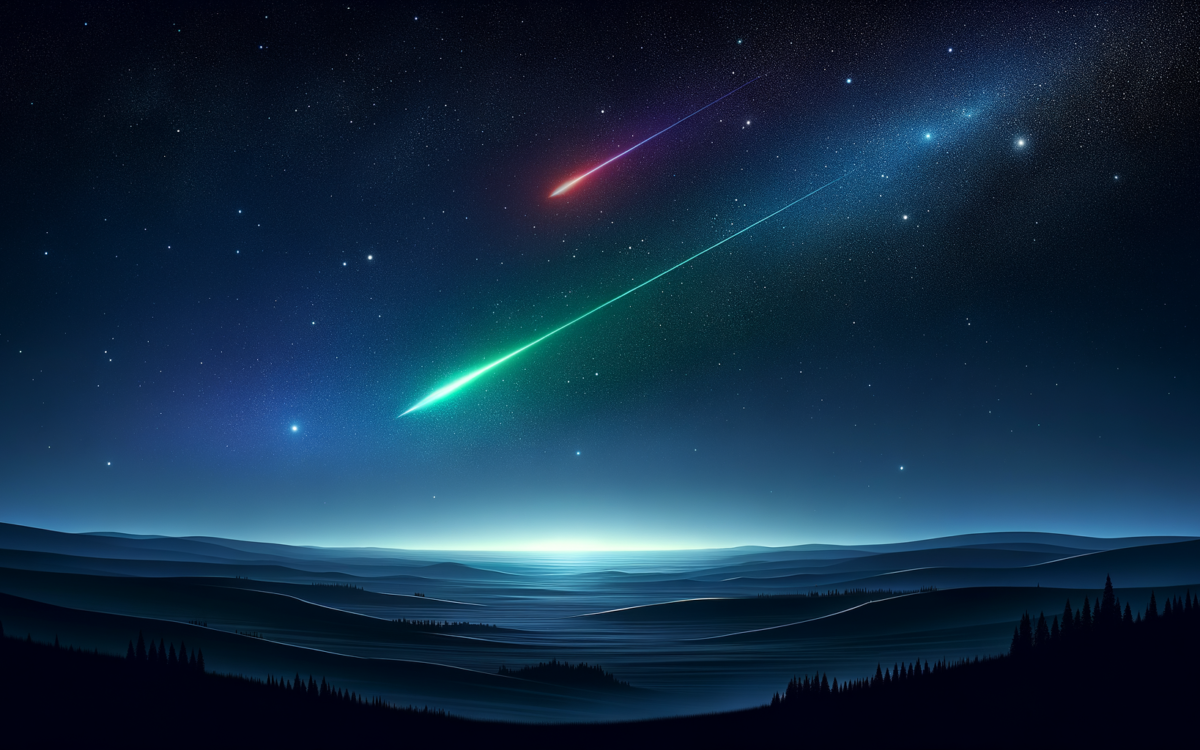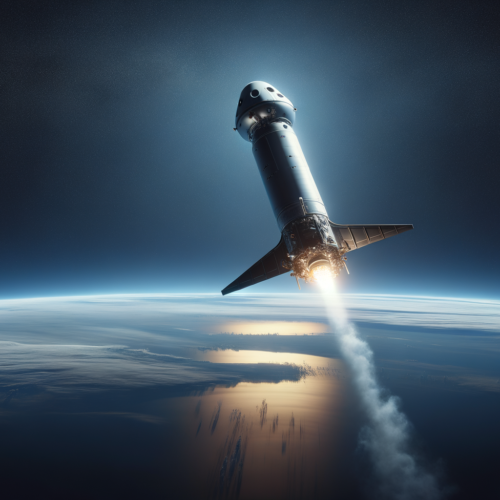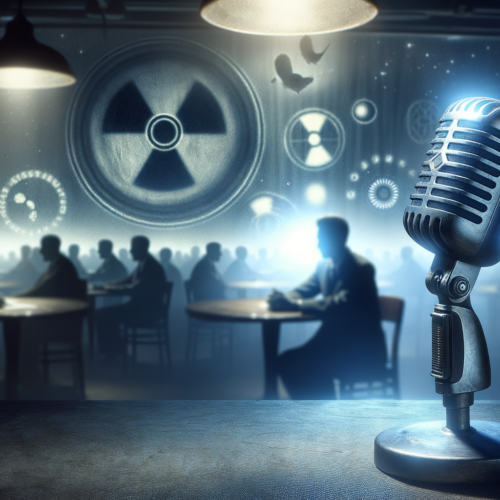Prepare for a Meteor Shower Doubleheader
- The Southern Delta Aquariid meteor shower peaks in late July and coincides with the smaller Alpha Capricornids.
- Expect to see 15 to 20 meteors per hour in the Northern Hemisphere and even better viewing in the Southern Hemisphere.
- Both meteor showers are visible without special equipment, making them accessible for all sky enthusiasts.
What to Expect
This July is shaping up to be an exciting time for stargazers as two meteor showers are set to grace the night sky. The Southern Delta Aquariid meteor shower, a yearly event during North America’s late summer, will peak early on a Tuesday morning. If you’re positioned under dark skies in the Northern Hemisphere, you can anticipate witnessing between 15 to 20 meteors every hour! And for those of you in the Southern Hemisphere, the viewing experience could be even more spectacular. This celestial phenomenon will continue to dazzle until August 21, as confirmed by the American Meteor Society.
But wait, there’s more! The Delta Aquariids will share the stage with the Alpha Capricornid meteor shower, which is a bit smaller but still noteworthy. You can catch around five meteors per hour from this shower, which will last until August 15.
What Are Meteor Showers?
If you’re new to the meteor shower scene, here’s a quick rundown. Meteor showers happen every year, and the best part is, you don’t need fancy equipment to enjoy them! Most of these showers are born from the debris of comets. The Delta Aquariids, for instance, are thought to originate from comet 96P/Machholz, while the Alpha Capricornids hail from comet 169P/NEAT.
So how does this cosmic spectacle occur? When rocks from space dive into Earth’s atmosphere, the friction from the air heats them up, causing the surrounding air to glow and leaving behind a spectacular tail — hello, shooting stars! These rocks can vary in size from tiny dust particles to large boulders, all of which contribute to the stunning displays we see in the night sky.
While the frequency of these meteor showers may not be overwhelming, the Alpha Capricornids are known for showcasing particularly bright meteors. As University of Warwick astronomer Don Pollacco notes, even one brilliant meteor can outshine 20 fainter ones, making your stargazing experience truly memorable.
How to Catch the Show
If you want to make the most of your meteor shower experience, here are some pro tips! The best time to view these celestial events is typically between midnight and the early hours before dawn. Dark skies, away from the buzzing lights of cities, are your best friends. Clear, cloudless nights with a slim crescent moon will enhance the viewing conditions, making those shooting stars pop in the dark.
And remember, keep your devices put away! NASA’s Bill Cooke points out that checking your phone can ruin your night vision, diminishing your chances of spotting those meteors.
For those in the Southern Hemisphere, your vantage point is ideal for the Delta Aquariids. With a waning moon about 30% full, expect the best visibility after midnight.
What’s Next?
Looking ahead, the meteor excitement doesn’t stop here! The meteor society keeps a handy list of upcoming meteor showers, so you can plan your next cosmic viewing party. The next major show will be the Perseids, peaking in mid-August.
Jon’s Take
What if these celestial events are more than just a mesmerizing light show? Could they be messages from the cosmos, or perhaps signs of otherworldly visitors? As we gaze up at the night sky, we’re reminded that the universe is full of mysteries just waiting to be explored. So grab a blanket, find a comfy spot, and let your imagination roam as freely as the stars! Remember, the truth isn’t just out there – it’s right here!
Original Article




